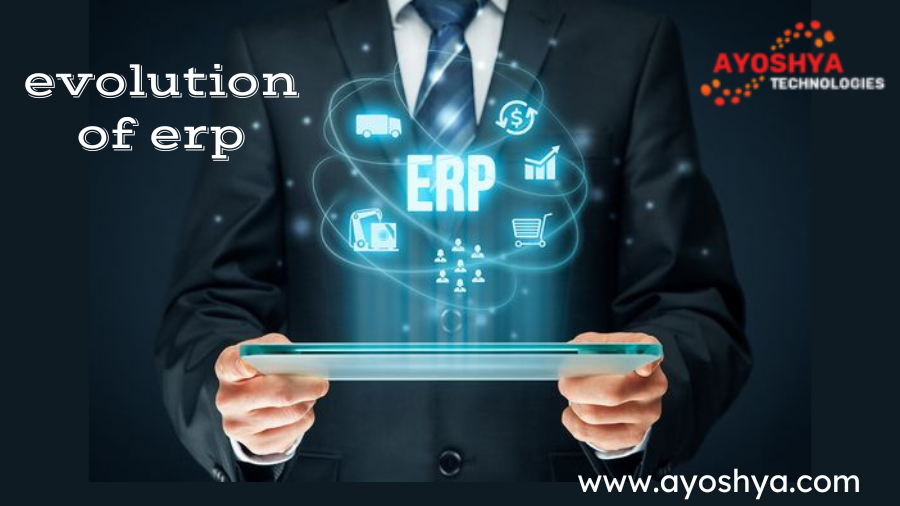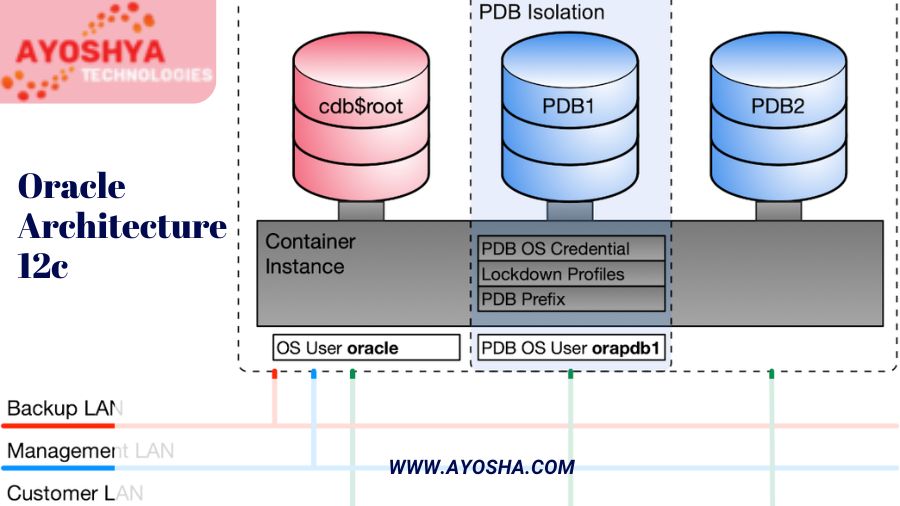A Brief History of Evolution of Erp | Since 1996 Years
“Discover the fascinating evolution of ERP systems, their transformative impact on businesses, and what the future holds for this essential technology… Explore in-depth insights and expert analysis!”
Imagine a world where businesses struggle to keep track of their resources, operations are chaotic, and decision-making is based on guesswork rather than solid data. This was the reality before the evolution of ERP systems. From their humble beginnings as simple planning tools to becoming the backbone of modern enterprises, ERP (Enterprise Resource Planning) systems have transformed how businesses operate. The importance of ERP systems in modern business operations cannot be overstated; they streamline processes, enhance efficiency, and provide critical insights that drive success. Let’s embark on a journey through the fascinating history and development of ERP, and discover how this revolutionary technology continues to shape the future of business. evolution of erp,
object type in sap b1.
2. The Evolution of ERP: Milestones and Transformations
The journey of ERP systems is a story of continuous innovation and adaptation, reflecting the evolving needs of businesses over the decades. From the initial concepts in the 1960s to the sophisticated, AI-driven solutions of today, ERP systems have undergone significant transformations. This section delves into the major milestones in the evolution of ERP, highlighting key developments and their impact on businesses.
1990s: The Emergence of ERP
The 1990s marked a significant leap forward with the emergence of integrated ERP systems. This decade saw the transition from standalone applications to comprehensive software suites that could manage multiple business functions within a single, cohesive system. Companies like SAP, Oracle, and JD Edwards were at the forefront of this revolution, offering solutions that integrated finance, human resources, supply chain, and manufacturing processes.
The integrated nature of ERP systems in the 1990s allowed businesses to eliminate data silos and improve coordination across departments. This era also saw the introduction of more sophisticated data analytics and reporting capabilities, enabling better decision-making. As businesses began to recognize the strategic value of ERP systems, adoption rates soared, and ERP became a critical tool for large enterprises aiming to enhance efficiency and competitiveness.
2000s: Web-Based ERP
The turn of the millennium brought about another significant transformation with the advent of web-based ERP systems. The rise of the internet and advancements in web technologies allowed ERP vendors to develop solutions that could be accessed via web browsers, eliminating the need for complex on-premises installations. This shift made ERP systems more accessible and affordable, particularly for small and medium-sized enterprises (SMEs).
Web-based ERP systems leveraged the power of cloud computing, introducing the Software as a Service (SaaS) model. This model allowed businesses to subscribe to ERP services hosted on remote servers, reducing upfront costs and IT infrastructure requirements. The flexibility and scalability of SaaS ERP solutions enabled businesses to adapt quickly to changing market conditions and scale their operations with ease, further driving the adoption of ERP systems across various industries.
2010s: Mobile and Agile ERP
The 2010s witnessed the integration of mobile technologies into ERP systems, further enhancing their accessibility and functionality. With the proliferation of smartphones and tablets, ERP vendors developed mobile applications that allowed users to access critical business information and perform tasks on the go. This mobility enabled real-time data access and decision-making, improving responsiveness and productivity.
Future Trends in ERP Systems
As businesses continue to evolve and embrace new technologies, ERP systems are poised to undergo significant transformations. The future of ERP will be shaped by advancements in AI, increased personalization, and the adoption of blockchain technology, among other trends. This section explores these emerging trends and their potential impact on ERP systems and business operations.
AI and Automation
Artificial Intelligence (AI) and automation are set to revolutionize ERP systems, making them smarter and more efficient. AI-driven ERP systems can leverage machine learning algorithms to analyze vast amounts of data, uncovering patterns and insights that would be impossible for humans to detect. This capability can lead to more accurate forecasting, improved inventory management, and optimized production schedules.
Automation within ERP systems can streamline routine tasks, such as data entry, invoice processing, and order fulfillment. By reducing the need for manual intervention, businesses can minimize errors, save time, and lower operational costs. Furthermore, AI-powered chatbots and virtual assistants can enhance user experience by providing real-time support and automating customer service processes, leading to increased productivity and customer satisfaction.
Increased Personalization
As businesses seek to tailor their operations to specific needs, the demand for highly customizable and personalized ERP solutions is growing. Future ERP systems will offer greater flexibility, allowing organizations to configure modules and functionalities according to their unique requirements. This level of personalization ensures that businesses can optimize their processes and workflows, leading to improved efficiency and performance.
Increased personalization also means that ERP systems will be able to adapt to the individual preferences of users. Advanced user interfaces and dashboards can be customized to display relevant information and metrics, making it easier for employees to access the data they need. Additionally, personalized ERP systems can provide targeted recommendations and insights based on user behavior and historical data, helping businesses make more informed decisions.
Blockchain Technology
Blockchain technology is emerging as a game-changer for ERP systems, offering enhanced security, transparency, and traceability. By leveraging blockchain, ERP systems can create immutable records of transactions, ensuring data integrity and preventing fraud. This capability is particularly valuable for industries such as finance, supply chain, and healthcare, where data security and trust are paramount.
In addition to security, blockchain can improve the traceability of goods and materials within supply chains. By recording every transaction on a decentralized ledger, businesses can track the origin, movement, and status of products in real-time. This transparency can help organizations identify inefficiencies, reduce counterfeiting, and ensure compliance with regulatory requirements. As blockchain technology continues to evolve, its integration with ERP systems will unlock new possibilities for improving business operations and building trust with stakeholders.
Conclusion
The future of ERP systems is bright, with AI, increased personalization, and blockchain technology leading the way. These trends promise to make ERP systems more intelligent, adaptable, and secure, enabling businesses to operate more efficiently and effectively. As organizations continue to embrace these innovations, ERP systems will remain at the forefront of business transformation, driving growth and success in the years to come.
you may be interested in this blog here:-












